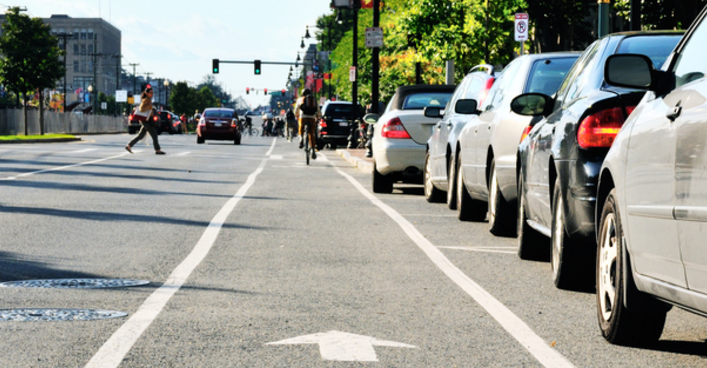Coupled with advancements in the internet, social networking, location-based services and mobile technologies, and buoyed by the growing popularity of the sharing economy, shared mobility has emerged as hugely influential movement in urban transport.
This refers to the various service models and transportation modes that aim to meet and surpass the diverse and unique needs and expectations of travellers, such as roundtrip services, one-way station-based services and one-way free-floating services.
Its mainstream appeal is easy to see. Shared mobility has the potential to offer communities a wide array of benefits including increased mobility; greater environmental awareness; reduced vehicle emissions; and enhanced first-and-last mile connections to public transportation.
Because of their role in managing and regulating public space, local governments, in particular, can have a substantial impact on the role and success of shared mobility in their communities. There are plenty of avenues for decision-makers to explore, such as developer and zoning regulations, but we’d like to draw attention in this article to rights-of-way.
This is a term used to describe the movement of people – and their means of transportation – along public and sometimes private property. Rights-of-way typically encompass most surface transportation facilities, including streets, bicycle lanes, and sidewalks. A number of public agencies have developed policies to allocate public rights-of-way, such as curb space and parking for shared modes.
When allocating public rights-of-way to private sector shared mobility operators (e.g. car-sharing, bike-sharing, microtransit, and others), the following should be considered:
When developing policies to allocate and regulate public rights-of-way, public agencies should consider approaches that strive to increase accessibility, enhance mobility, and leverage the potential benefits of shared mobility.
Allocating parking and loading zones are a few of the ways local governments can support shared mobility, minimise modal conflicts, and improve public safety in communities. Finally, an analysis of social and environmental impacts should be conducted whenever possible to support policy development and revisions, as needed.
A number of US cities are already approaching the management of public rights-of-way for shared mobility in innovative ways. Here are a few:
This article was co-authored with Susan Shaheen.
Cohen and Shaheen are co-authors of the American Planning Association report Planning for Shared Mobility.
















Leave a Reply